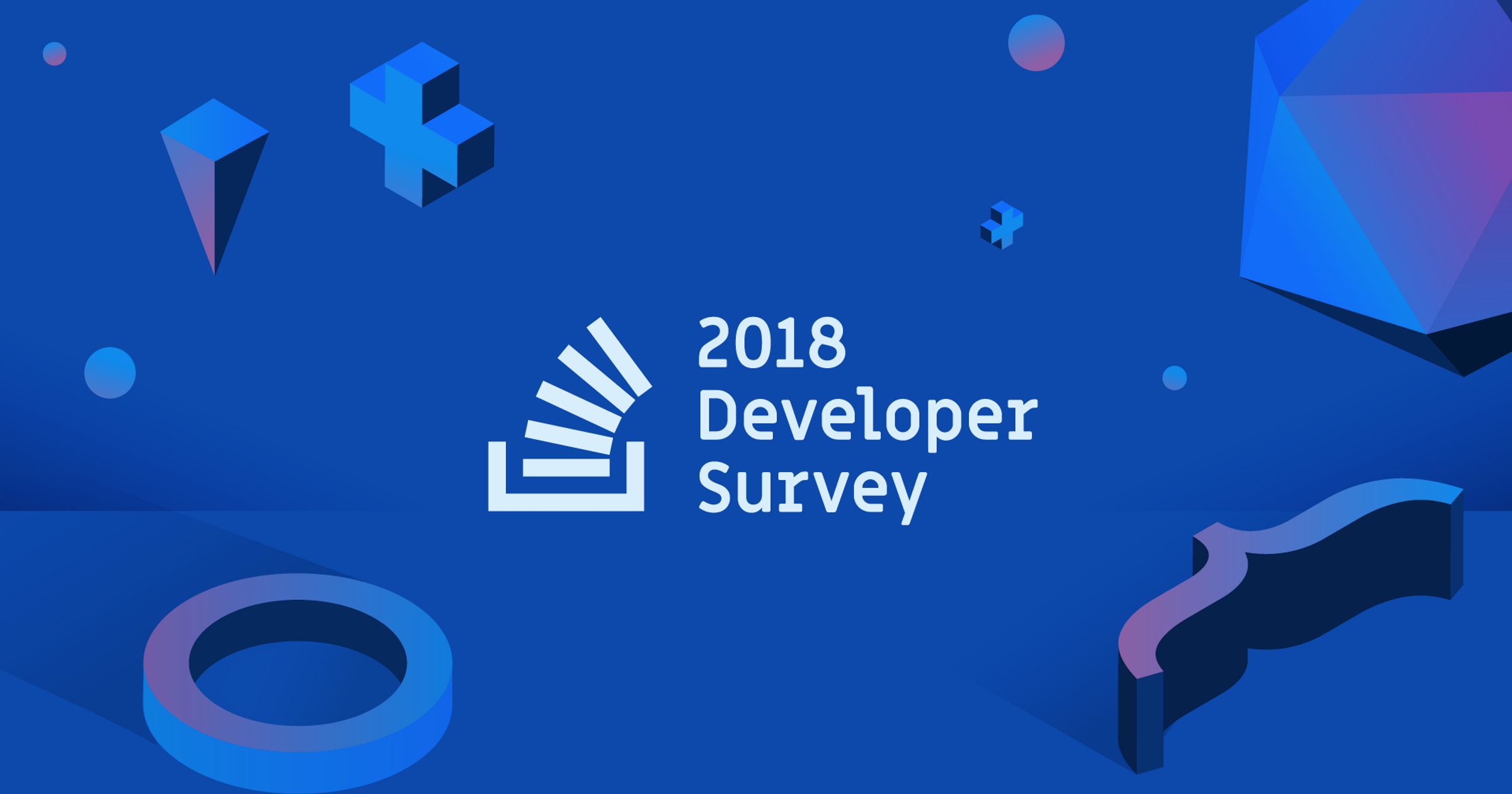Each year, we ask the developer community about everything from their favorite technologies to their job preferences. This year marks the eighth year we’ve published our Annual Developer Survey results—with the largest number of respondents yet. Over 100,000 developers took the 30-minute survey this past January. This year, we covered a few new topics ranging from artificial intelligence to ethics in coding.
Top Takeaways
- DevOps and machine learning are important trends in the software industry today. Languages and frameworks associated with these kinds of works are on the rise, and developers working in these areas command the highest salaries.
- Only tiny fractions of developers say that they would write unethical code or that they have no obligation to consider the ethical implications of code, but beyond that, respondents see a lot of ethical gray. Developers are not sure how they would report ethical problems, and have differing ideas about who ultimately is responsible for unethical code.
- Developers are overall optimistic about the possibilities that artificial intelligence offers, but are not in agreement about what the dangers of AI are.
- Python has risen in the ranks of programming languages on our survey, surpassing C# in popularity this year, much like it surpassed PHP last year.
- When assessing a prospective job, different kinds of developers apply different sets of priorities. Women say their highest priorities are company culture and opportunities for professional development, while men say their highest priorities are compensation and working with specific technologies.
We’ll make the anonymized results of the survey available for download under the Open Database License (ODbL) on May 30th. In the meantime, you can see the full data sets from previous years here. Have questions or feedback? Head on over to Meta and use the [survey-2018] tag.
